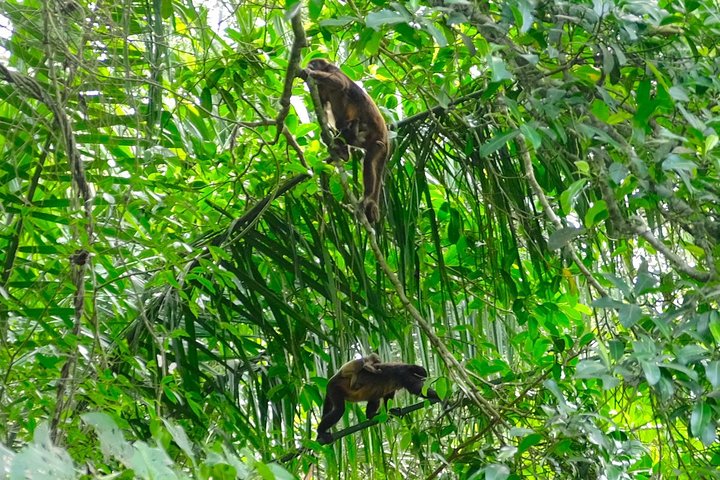Exploring Manta: A Journey Through Maritime Traditions and Artistry
Drawn by the allure of Manta’s rich cultural heritage, I embarked on a journey to explore its history, customs, and the famed Montecristi hat weaving. Join me as I delve into the heart of this vibrant city, discovering its maritime traditions and the artistry of its people.
Discovering Manta’s Maritime Heritage
As I stepped off the shuttle bus and into the vibrant port terminal of Manta, I was greeted by Fernando, my guide for the day. The air was thick with the scent of the ocean, and the bustling energy of the port was palpable. Manta, a city with a population of around 300,000, is renowned as the tuna capital of the world. Its economy thrives on government, fishing, and agricultural processing, with coconut oil being a significant export.
Our first stop was the fish market, a lively hub where the day’s catch was being unloaded. I watched in awe as fresh shark was brought ashore, the prized fins destined for markets in China. The sight of wooden fishing boats being meticulously crafted was a testament to the city’s deep-rooted maritime traditions. As someone who has spent years advocating for wildlife preservation, witnessing the delicate balance between livelihood and conservation was both fascinating and thought-provoking.
The Art of Craftsmanship in Montecristi
Leaving the coast behind, we journeyed to Montecristi, a town famed for its exquisite Panama hats. These hats, woven with precision and care, gained international fame during the construction of the Panama Canal, even gracing the head of Theodore Roosevelt. At the Montecristi hat factory, I was captivated by the intricate process of hat-making, from harvesting the straw to the final pressing and finishing touches. Prices for these masterpieces ranged from $50 to several thousand dollars, each hat a unique work of art.
Fernando, our knowledgeable guide, proudly wore a 10-year-old $500 hat that looked as pristine as the day it was made. The tour of the hat “factory,” nestled at the back of a retail store, offered a glimpse into the dedication and skill of the artisans. As I watched the weavers at work, I couldn’t help but draw parallels to the intricate ecosystems I study in the Amazon, where every element plays a crucial role in the larger tapestry of life.
A Taste of Manta’s Cultural Tapestry
Our final stop was Centennial Park, a serene oasis along the water’s edge in Manta. The park, currently undergoing significant expansion, offered a peaceful respite from the day’s adventures. As I strolled through the park, I reflected on the rich cultural tapestry of Manta, woven together by its history, customs, and the resilience of its people.
The Manta Cultural Experience was more than just a tour; it was a journey through the heart and soul of a city that thrives on its connection to the sea and its commitment to preserving its heritage. As I boarded the shuttle back to the port terminal, I felt a renewed sense of purpose in my own work, inspired by the stories and traditions of Manta’s people. This experience was a vivid reminder of the importance of preserving our cultural and natural treasures for future generations.












































